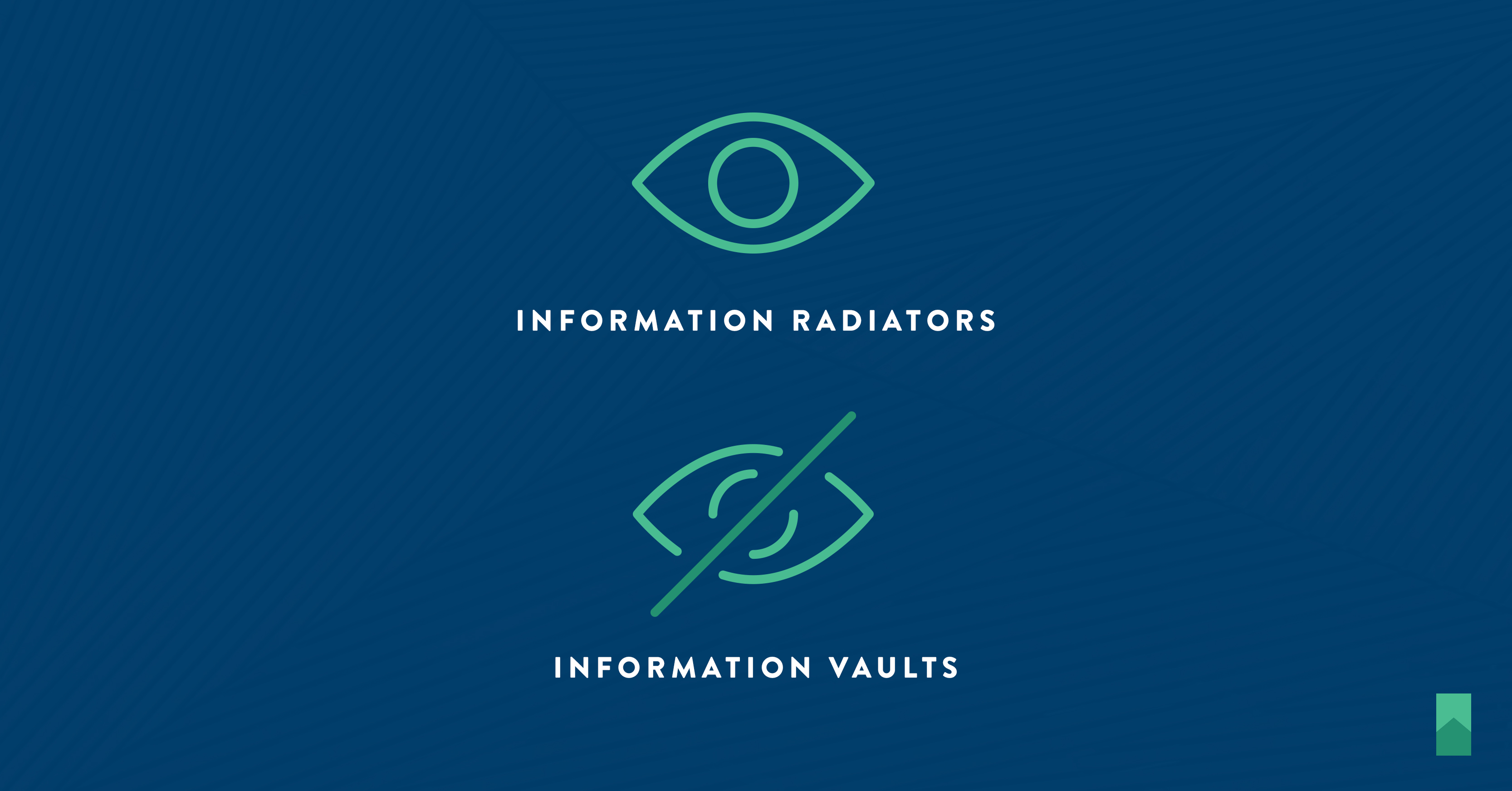Agile at the Hospital

You’d think that once I’ve blogged about something, everyone in the universe would be on board with it immediately. I mean, like, obviously, right?
So, I wrote about the differences between information radiators and information vaults, and yet many people still assume that the use of tactile tools in a team room for process visualization conflicts with the use of electronic tools as systems of record, or that the two represent duplicate effort for the same value. Go figure.
The bad news is a close family member had to get surgery recently. The good news is the hospital staff uses a good mix of tactile tools for minute-to-minute management of patient care and comprehensive electronic medical records for patient history and reference.
Every healthcare professional who interacted with the patient asked her the same questions: What’s your full name? Where are you? Why are you here? and so forth. If anything started to go awry, someone would notice right away.
Every healthcare professional checked and double-checked every detail with each other throughout the process. They frequently recertified and re-verified everything to ensure clarity and common understanding.
There are small dry-erase boards everywhere, and they are read and updated constantly. The status of everything and everyone is visible and clear.
There are small, standardized and color-coded signs that are placed at the doors of the patients’ rooms indicating special considerations. They bear short phrases like “fall warning” that let everyone know if a patient requires special attention or handling.
That’s what the physical card walls and boards are for in a software development team room, too. Anyone can see at a glance the status of every piece of in-flight work. If there are special considerations, like blockers or waits, those are indicated by color-coded additions to story cards or tickets. It’s the visualization of the point-in-time state of the work and the team.
One of the key reasons for teams to work in a team room setting is to allow for frequent and easy face-to-face communication. Just as hospital staff repeatedly ask each other the same questions and frequently revalidate assumptions, teams need to stay on top of work that is in a constant state of change.
In contrast, the back-end computer systems of the hospital hold all the patients’ medical histories and other information. Would you want your doctor to have to query a database to find out of you’re allergic to the medication she’s about to plug into your IV while you’re unconscious? Wouldn’t you feel a little safer if she could see that information on a whiteboard mounted just above your bed?
Then why do you think it’s okay to have to query a database to find out if a given user story is blocked? Doesn’t that cause delay?
Please stop thinking that you don’t need information radiators in your work space to keep the immediate status of the work visible at all times, just because you also have a back-end system such as Agile Central or VersionOne to store historical information and reference information. The two types of tools have different uses, and both are necessary for a smoothly operating organization.
